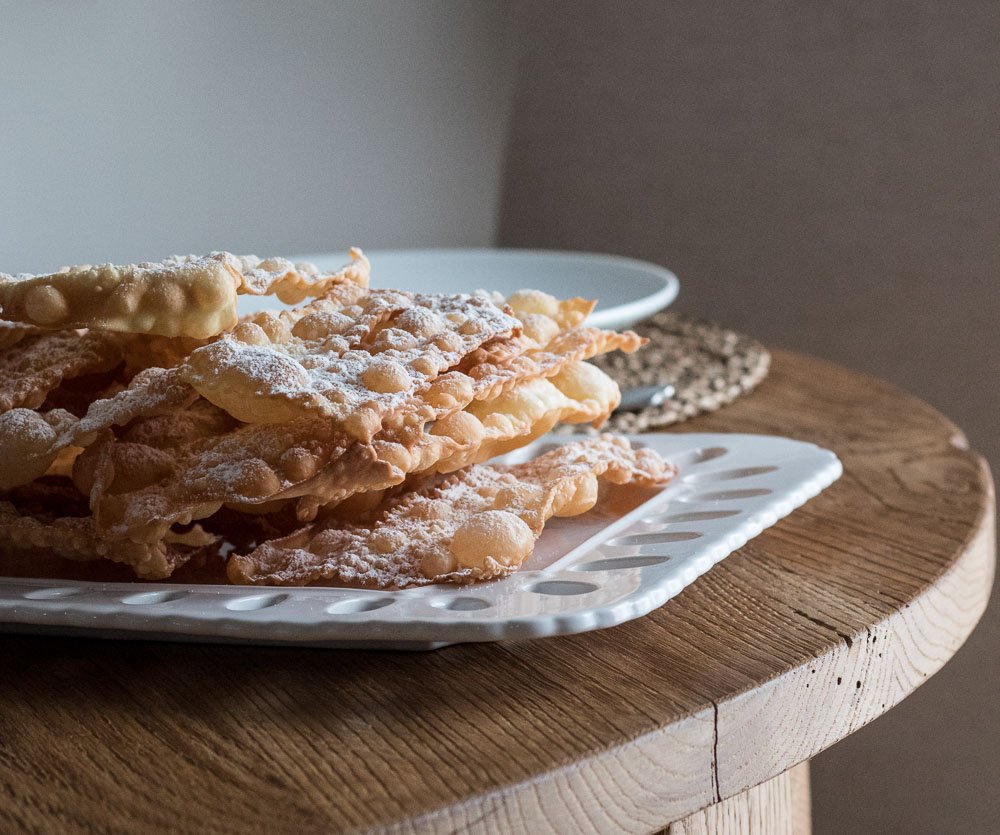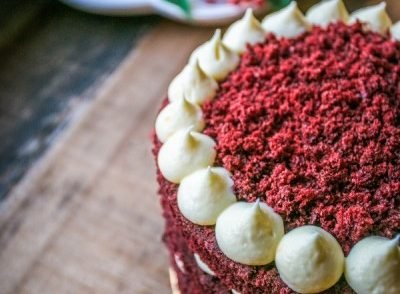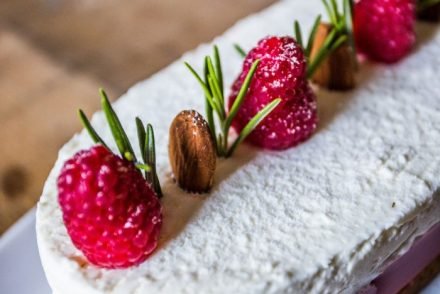These typical italian Carnival chiacchere are the perfection.
They’re not called chiacchere where you’re from? Nevermind, neither where I am from, but apparently this is the most popular name.
Whether you call them chiacchiere, frappe, crostoli or galani, let me tell you, without fear and with great modesty: these are of rare scrumptiousness. Perfect if you like them extremely thin, not crostini-like thick, and above all not baked in the oven (go on, what are we doing? Sacrifices during Carnival?). The scented note of lemon combined with Marsala gives it a light and elegant aroma, in my opinion preferable to the one given by rum.
Few suggestions but one recommendation: fry in good quality peanut oil. When you’re buying it, choose the one stored in dark bottles, or at least avoid transparent bottles: oil and butter when exposed to light develop free radicals responsible for ageing!
And this pearl of wisdom leads us to the recipe of this masterpiece signed by Iginio Massari.
(Easily found on the web…but I relied upon one of my favourite sources!)

EQUIPMENT
- Food machine with flat beater or k-whisk (or you can make the dough by hand)
- Pasta sheeter
- Frying pan (I use a wok)
- pasta cutter wheel
- cooking thermometer (handy to check the oil temperature)
- skimmer
- oil-absorbing paper
- baking trays
INGREDIENTS
for typical italian Carnival chiacchere
500 g strong flour (approx 330 W, I used this one from Mulino Rossetto)
60 g sugar
60 g butter at room temperature
175 g eggs at room temperature (weigh them once removed the shells, you should need a little less than 4 eggs)
4 g salt
Zest of one lemon (or orange)
50 g good quality Marsala (I recommend the Florio brand)
peanut oil to fry
Powedered sugar

METHOD for typical italian Carnival chiacchere
step 1 – The dough of the typical italian Carnival chiacchere
Pour flour, sugar and lemon zest inside a bowl
—> Tip: rub the sugar and lemon zest together using your fingertips: in that way the essential oils will be released.
Make a small hole in the centre and add the softened butter, cubed.
In a small bowl, lightly beat the eggs with the salt, then pour them over the butter.
Finally add the marsala. Mix at low speed until the dough becomes elastic, uniform and smooth. It will take approximately 10 minutes.
Move the dough onto the counter and cover it with a bowl, to prevent it from drying up. Leave it to rest for about one hour.
—> Tip: Do not prepare the dough ahead, otherwise you’ll obtain a flat crostolo with no bubbles.
step 2 – working the dough of the typical italian Carnival chiacchere
After this time, divide the dough into 4 parts and begin by rolling one of them, leaving the other three covered. Use a bit of flour to dust the surface but ensure you keep it to a minimum, or the balance of ingredients will be compromised.
Roll the dough by setting the pasta sheeter to lower levels, gradually moving to higher settings.
–> Tip: I roll it once setting it at 1, then twice at 3, then I turn the setting onto 6 and so on until I reach the maximum level, i.e. as thin as possible.
Cut into rectangles of the desired size (compatibly with the pan you’ll use to fry) and make a litte incision in the centre, otherwise they’ll form one big bubble when cooking.
step 3 – frying the typical italian Carnival chiacchere
Prepare the baking trays covering them with oil-absorbing cooking paper.
Heat the oil to 175 °C (check with the cooking thermometer) and fry a few pieces at the time.
I make a maximum of 3 per batch, in this way I can properly check them and ensure they are uniformly cooked.
Dip them into the oil and let them fry for approximately 30/40 seconds on one side, then turn them (be careful not to break the bubbles) and fry on the other side for the same amount of time, until golden.
I usually turn them twice, leaving them for a shorter amount of time on each side, for better results. Obviously if you rolled a thicker dough it’ll take longer to cook.
Remove from the pan once golden, but preferably when they still have a lighter colour. Once cooled they will get darker.
Fry the first quarter of dough you’ve prepared, then turn off the heat and roll the second quarter. Fry and start again with the third quarter. It’s not advisable to roll the whole dough at once because it would dry up. Unless you have someone to help you frying… then it’s a different story altogether!
If you like the recipe… please leave a comment! 🙂







No Comments